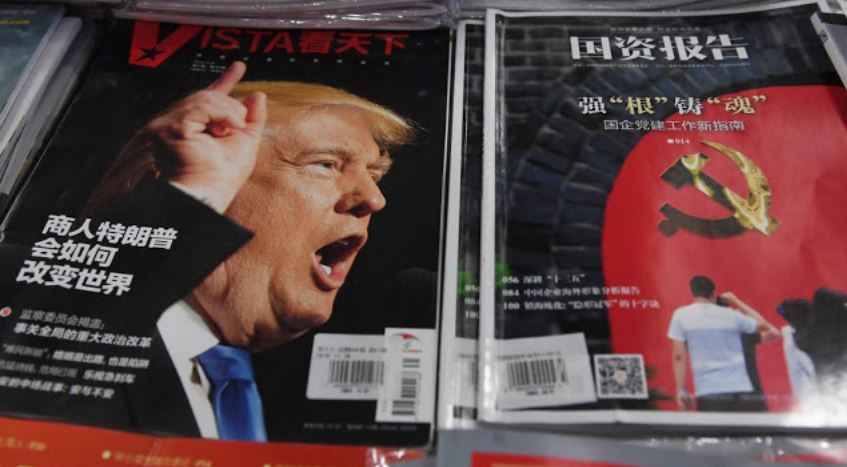 By Joseph Thomas
By Joseph Thomas
Triumphalism followed the election of US President Donald Trump, particularly among those opposed to US foreign policy under US President Barack Obama. In particular, hope was rekindled that America would withdraw from the many, provocative conflicts it was cultivating, ranging from the Middle East to East Asia.
However, triumphalism and hope are now dashed, as the new US administration moves clearly and in earnest to not only continue on with these confrontations, but expand them.
For students of history, particularly those following events in Asia Pacific, the prospect of the US moving its confrontation with China forward for control over the region is hardly a surprise.
The United States had occupied the Philippines, declaring it a US territory from 1898-1946. It had also been involved in the military occupation and several armed clashes in China with Chinese forces, including during the Second Opium War and the Boxer Rebellion. Such conflicts saw Chinese fighters attempt to remove by force foreign influence, including supposedly Christian missionaries used to impose US and European sociopolitical control over China.
During this period of overt American colonisation throughout Asia Pacific, the annexation of Taiwan was also considered, as an American analogue of Britain’s annexation of Hong Kong.
In Thomas Cox’ 1973 book, Harbingers of Change: American Merchants and the Formosa [Taiwan] Annexation Scheme , published by the University of California Press, Cox wrote:
It should be noted that Parker’s advocacy of the US annexation of Taiwan was backed not by political ideology, though it was certainly presented as such publicly, but by US business interests at the time, particularly those of the Nye Brothers, merchants involved heavily in US-Chinese trade, including the movement of opium across the region.
Regional dynamics would change just before, during, and immediately after World War 2, with a resurgence of localised power and independence movements ousting Western colonial powers. This included the ousting of British and French holdings across the region such as in Myanmar, Malaysia, Indonesia and across Indochina which included Laos, Cambodia and of course Vietnam.






